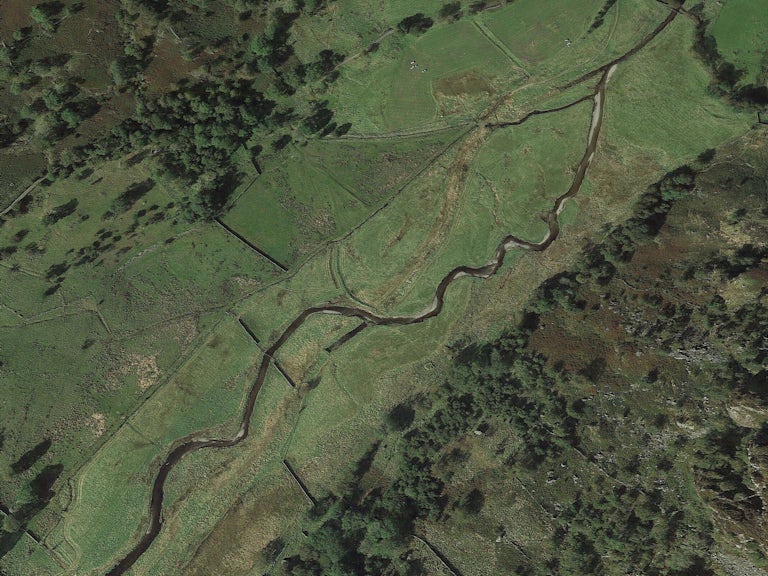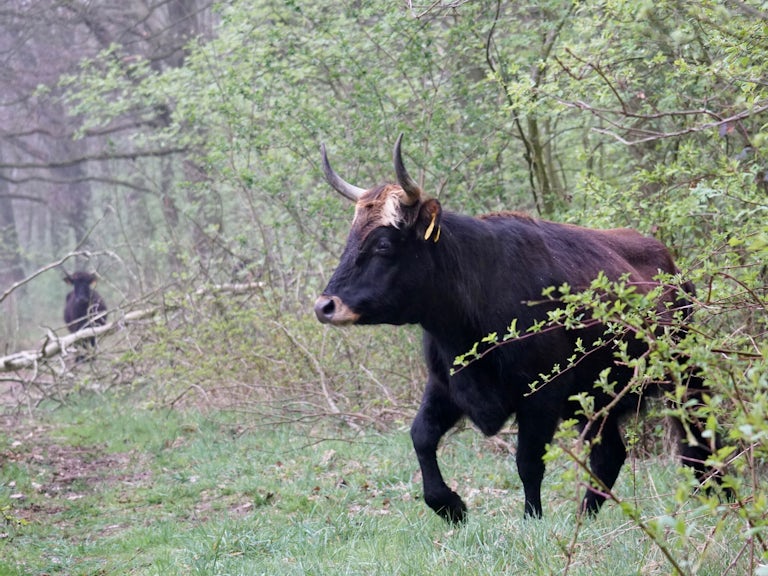Scotland's marine protection must be led by coastal communities
Charlotte Maddix, Rewilding Britain’s Scotland Advocacy Coordinator, on why communities must be trusted to protect and restore nature in the places that matter the most to them.
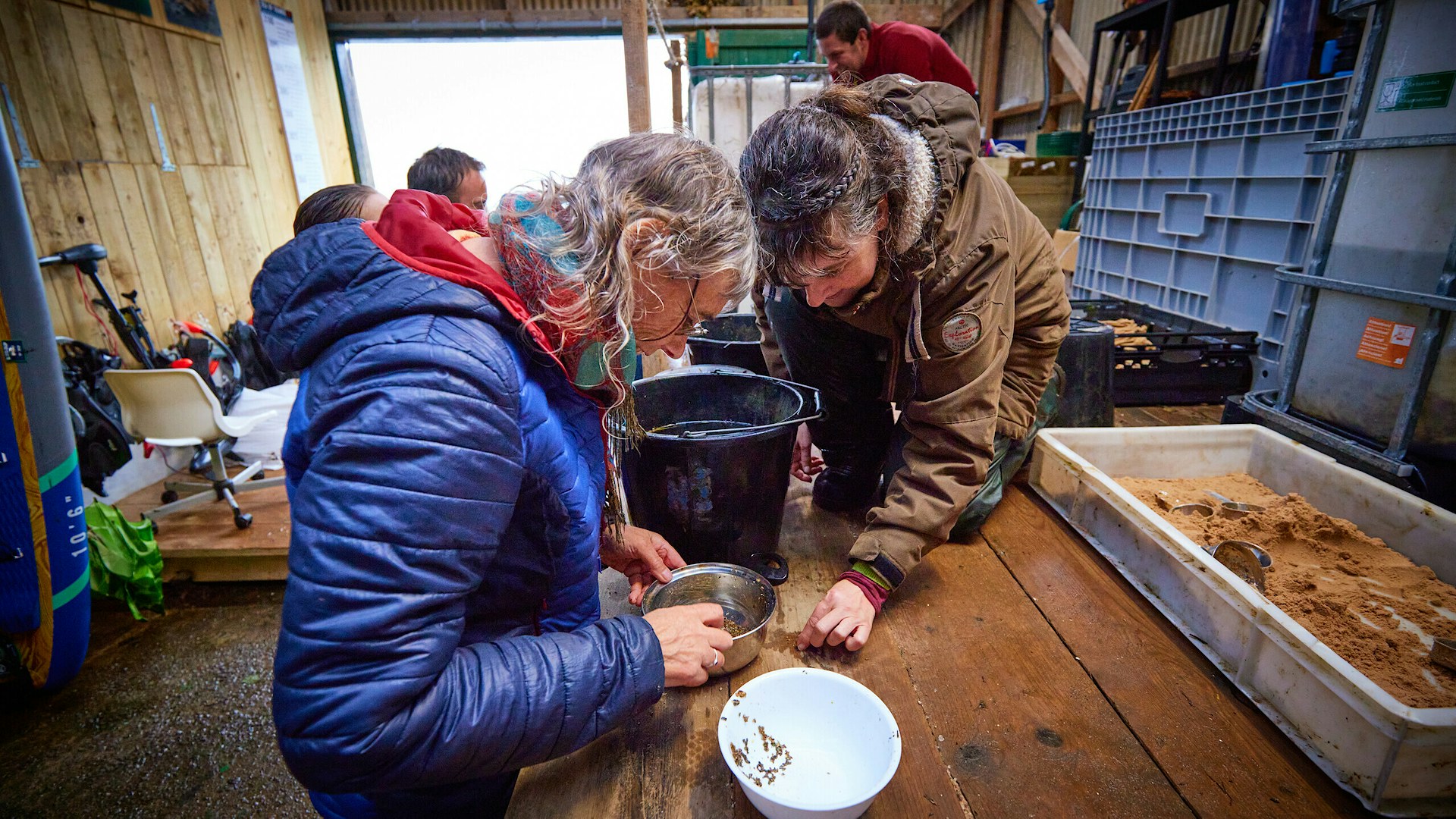
Published 26/05/2023
Like many environmental charities, community groups, coastal businesses, councils and others, Rewilding Britain submitted a response to the Scottish Government’s consultation on Highly Protected Marine Areas (HPMAs).
As a charity dedicated to the large-scale restoration of nature across mainland Britain and its islands, in ways that benefit rural and coastal communities, we see here a major opportunity to transform Scotland’s seas for the better – but only if designed by the very people HPMAs will affect the most.
The discussions so far are revealing: our government does not trust coastal communities to look after our seas, while coastal communities do not trust the government to act in their best interests. This situation is decades in the making.
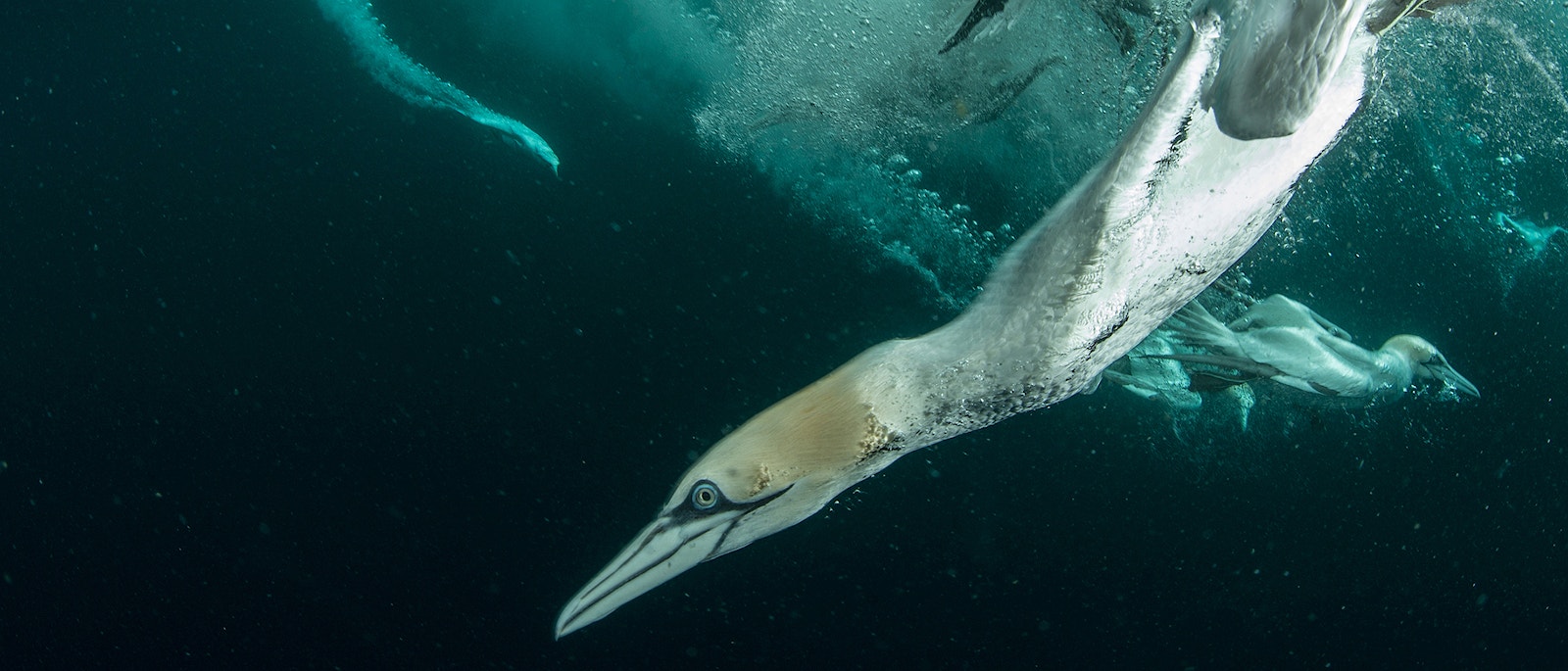
This matters hugely. If Scotland is to tackle the overlapping nature and climate emergencies by restoring nature across 30% of land and sea by 2030, our communities must be trusted to protect and restore nature in the places that matter the most to them.
It matters because island and coastal communities – already facing challenges of depopulation, lack of employment opportunities, underfunding, poor infrastructure – are also on the frontline of biodiversity loss and climate breakdown.
It matters because of the dwindling biodiversity and health of our ocean. Vast areas of our precious seagrass meadows and native oyster beds, for example, are now gone.
Properly designed HPMAs can be part of the solution to these challenges, by providing a powerful tool for the recovery of our marine habitats, particularly when deployed alongside – and not in isolation from – a well-managed network of Marine Protected Areas.
Scotland must avoid mistakes made in England, where HPMA plans have simply been scaled back – putting at risk the recovery of English seas.
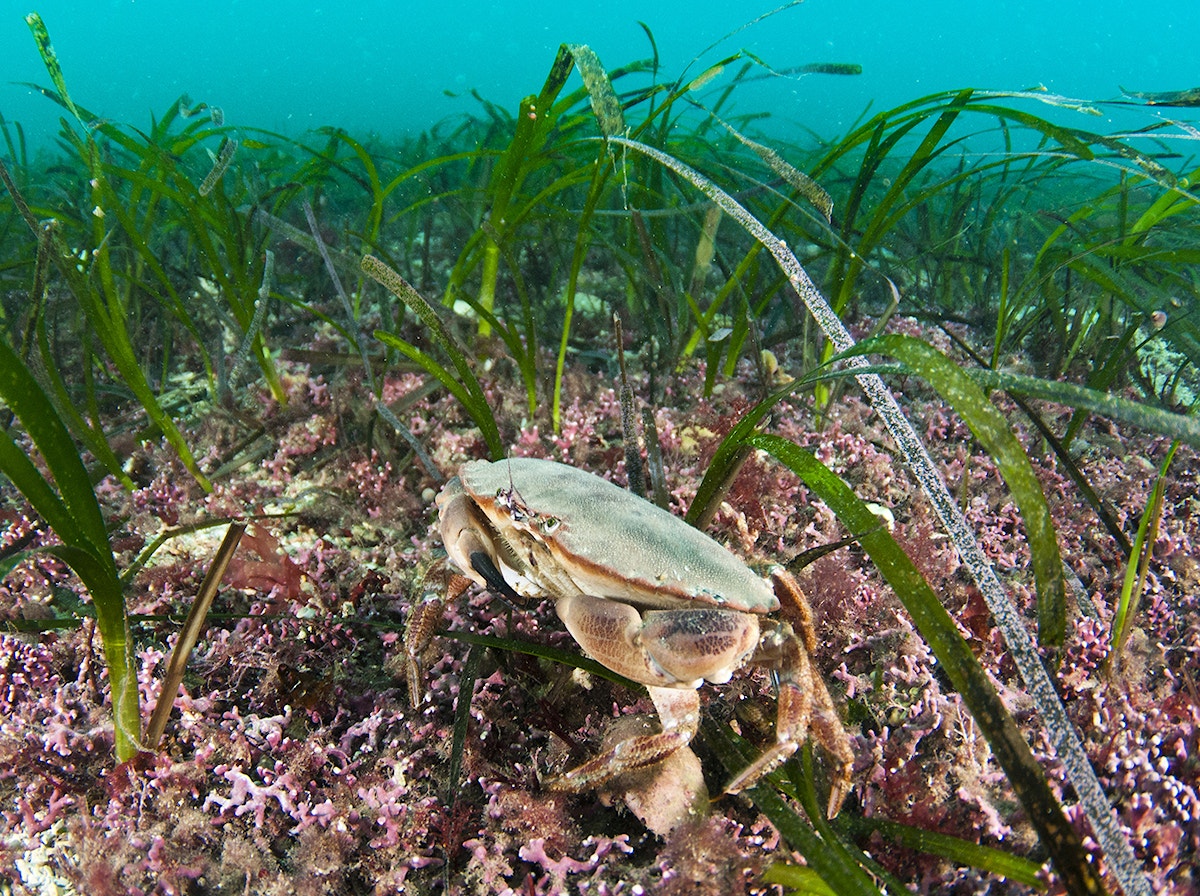
All major political parties made welcome commitments in their 2021 Holyrood manifestos to protect Scotland’s seas. Many explicitly committed to HPMAs. But as so often,‘how’ is as important as‘what’ and‘why’.
One of Rewilding Britain’s principles is to support people and nature together. The lesson from Lamlash Bay on Arran, where a No-Take Zone was created in 2008, is that community involvement in marine projects is crucial to success – meaning dramatic biodiversity recovery together with significant nature-based economic benefits for local people.
So HPMAs must form part of a well-managed plan that empowers – not disenfranchises – communities, as outlined in the Ease the Squeeze report published last month by the Open Seas coalition. The creation of integrated, locally-led marine use plans is a key enabling factor in creating a Nature-Based Economy — see our report for more on this. This process will take time, effort, and trust.
“The lesson from Lamlash Bay on Arran, where a No-Take Zone was created in 2008, is that community involvement in marine projects is crucial to success – meaning dramatic biodiversity recovery together with significant nature-based economic benefits for local people.”
Beyond our seas, there is a vast spectrum of examples we could look to.
In Indonesia, bridging organisations are designed to connect diverse groups with a stake in the marine environment. In some areas, bridging organisations have trained community members in marine ecology and monitoring techniques. Others have supported community organisations to take a leading role in implementing and managing protected areas.
In southwest Madagascar, villagers created a community-managed Marine Protected Area (MPA) by setting up a democratic, community-based organisation to manage the project; creating an MPA management plan and set of laws; and a zoning plan, dividing the community-management MPA into temporary and permanent no-take zones.
In Zanzibar, communities are being supported to prepare their own co-management plans for marine protected areas, which will link to national fisheries management plans.
In the H ̄a‘ena Community-Based Subsistence Fishing Area in Hawai‘i, the community actively protects and manages the area’s marine resources, based on its traditional practices.

These examples are drawn from the work of Blue Ventures, a marine conservation organisation that supports coastal fishers in remote and rural communities to rebuild fisheries, restore ocean life and build lasting pathways to prosperity.
It is in everyone’s interests to see Scotland’s seas teeming with life again. Healthy seas soak up vast quantities of carbon. They produce local food. They bring economic benefits. We know from polling conducted by Our Seas that concern about the marine environment is highest in coastal communities. It is the job of the government to find a path to a future that benefits people and nature — a just transition for those whose livelihoods depend on the sea, and a brighter future for marine wildlife.
Bustling harbours, thriving communities, restored salt marshes, vast seagrass beds, and abundant wildlife go hand-in-hand. HPMAs could be a key way to help bring this about, as long as the Scottish Government works alongside communities to protect and restore our seas in a way that is genuinely collaborative and empowering.

Explore our Rewilding Manifesto
Learn more
Our vision
We have big ambitions. Find out what we’ve set out to achieve through rewilding.
Our vision


